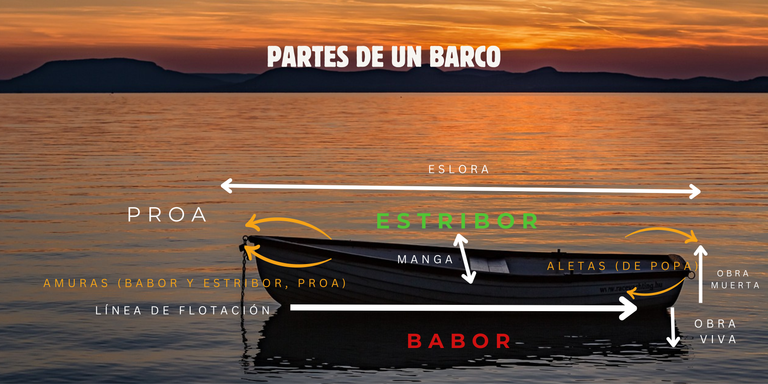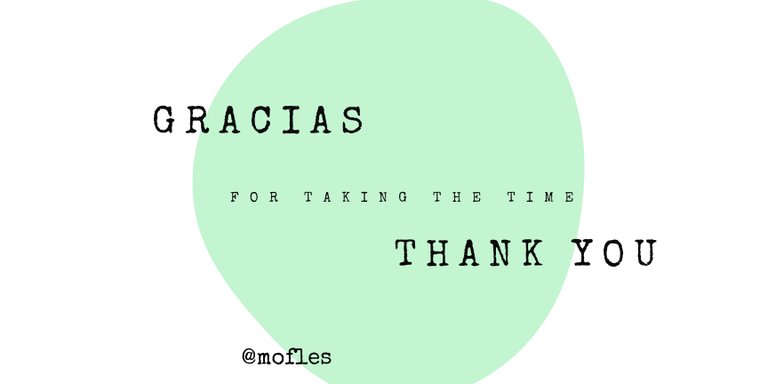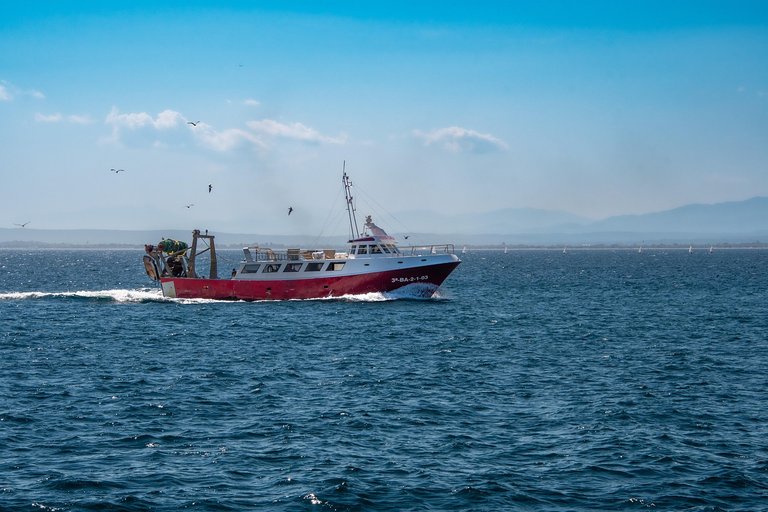(ESP/ENG) UN POQUITO DE MAR II / A LITTLE BIT OF SEA II
(ESP)
Vamos a conocer un poquito acerca de la terminología náutica más básica. Es decir, qué es un barco y cuáles son sus partes. Es una pequeña introducción para que más adelante podamos ir avanzando con elementos más complicados o específicos.
¿Qué es un barco?
Se le llama barco o buque a todo objeto que puede ser utilizado como medio de transporte sobre el agua, y que, según unas condiciones normales, podría ser comandado por una tripulación. El origen de su nombre viene del francés – buc- que singnifica “casco”. El casco es considerado el armazón o la estructura externa de una embarcación. En esta zona es donde se encuentran, entre otros elementos, la quilla, la sentina, los baos, los imbornales, etc.. . Los materiales más utilizados para esta parte han ido variando: madera, acero, hierro, fibra de vidrio, plástico, aluminio, etc.
En términos generales las partes de un barco son cuatro. La delantera es conocida como “proa”. La parte trasera “popa”. El lado derecho, vinculado al color verde, es el conocido “estribor” y el izquierdo al color rojo, “babor”. Estos colores se refieren sobre todo al color especificado en las balizas, las entradas de puerto o las luces de la propia embarcación.
Las zonas laterales, las curvas de proa y popa también tienen un nombre específico, muy útil sobre todo cuando se navega a vela. Se dice que el viento ha entrado de amura si es por el lateral de la proa o de aleta si es el lateral de popa.
Cuando una embarcación llega a puerto lo primero que se necesita saber es su eslora, manga y calado, para poder asignarle un amarre acorde a sus medidas. La eslora es la longuitud del barco, de su popa hasta su punto más alejado, la proa. La manga es la anchura del buque medida en la sección transversal y el calado es la profundidad que alcanza en el agua la parte sumergida del barco (obra viva). Se le llama obra viva porque es donde residen los “elementos vivientes adosados al barco”.

Partes del barco
(ENG)
We are going to learn a little bit about the most basic nautical terminology. That is, what is a boat and what are its parts. It is a small introduction so that later we can move on to more complicated or specific elements.
What is a boat?
A boat or ship is any object that can be used as a means of transport on water, and which, under normal conditions, could be commanded by a crew. The origin of its name comes from the French - buc - which means ‘hull’. The hull is considered to be the frame or external structure of a vessel. It is in this area where, among other elements, the keel, bilge, bilges, scuppers, etc. are located. The materials most commonly used for this part have varied over time: wood, steel, iron, fibreglass, plastic, aluminium, etc.
But in general terms, there are four parts of a boat. The front part is known as the ‘bow’. The back part is called the ‘stern’. The right side, linked to the colour green, is known as ‘starboard’ and the left side to the colour red, ‘port’. These colours refer mainly to the colour specified on beacons, port entrances or lights on the vessel itself.
The side areas, the bow and stern bends also have a specific name, very useful especially when sailing. The wind is said to have come in from the tack if it is from the bow side or from the windward side if it is from the stern side.
When a boat arrives in port, the first thing you need to know is its length, beam and draught, in order to assign it a mooring in accordance with its measurements. The length is the length of the vessel, from its stern to its furthest point, the bow. The beam is the width of the vessel measured in cross-section and the draught is the depth that the submerged part of the vessel reaches in the water (live work). It is called the live work because it is where the ‘living elements attached to the ship’ reside.

Parts of a boat
Tanto el texto como las imágenes son creación propia sin ayuda de la IA.


View or trade
LOHtokens.@mofles, You have received 1.0000 LOH for posting to Ladies of Hive.
We believe that you should be rewarded for the time and effort spent in creating articles. The goal is to encourage token holders to accumulate and hodl LOH tokens over a long period of time.